data on sansevieria flowers
ken62686
18 years ago
Related Stories
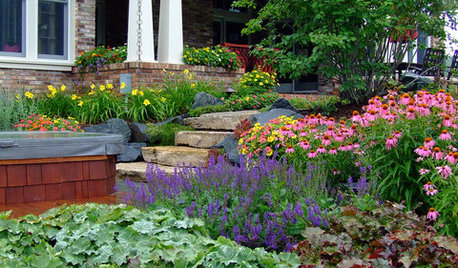
INSIDE HOUZZInside Houzz: New Data Offer Insights on Landscaping Trends
Homeowners are looking to manage water and add more enjoyment to their landscapes, according to a new Houzz survey
Full Story
GARDENING FOR BIRDSWhat to Know About Birds Nesting in Your Yard
Learn how to observe, record data and help ornithologists with NestWatch’s citizen science project understand bird trends
Full Story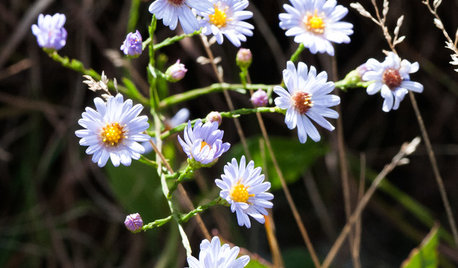
GARDENING GUIDESGreat Design Plant: Skyblue Aster (Symphyotrichum Oolentangiense)
This showy aster tolerates dry conditions and brings in the pollinators with its violet-blue flowers in fall
Full Story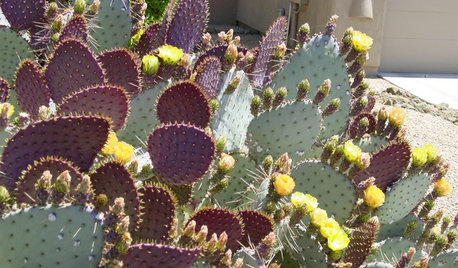
GARDENING GUIDESGreat Design Plant: Santa Rita Prickly Pear for Purple Appeal
Distinctive colored pads and yellow flowers make this cactus a favorite in Southwestern gardens
Full Story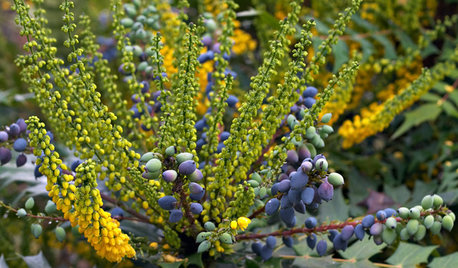
GARDENING FOR BUTTERFLIESGreat Design Plant: 'Charity' Oregon Grape
Giving nectar to hummingbirds and delicious berries to all, 'Charity' is a four-season garden delight that lives up to its name
Full Story
GARDENING GUIDESGreat Design Plant: Silphium Perfoliatum Pleases Wildlife
Cup plant provides structure, cover, food and water to help attract and sustain wildlife in the eastern North American garden
Full Story
HOUSEPLANTSMother-in-Law's Tongue: Surprisingly Easy to Please
This low-maintenance, high-impact houseplant fits in with any design and can clear the air, too
Full Story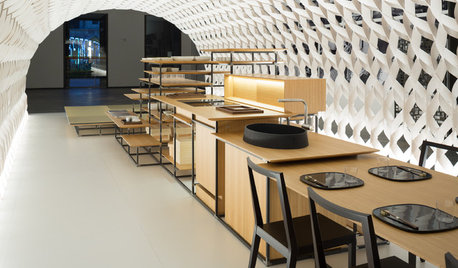
HOMES AROUND THE WORLDThe Kitchen of Tomorrow Is Already Here
A new Houzz survey reveals global kitchen trends with staying power
Full Story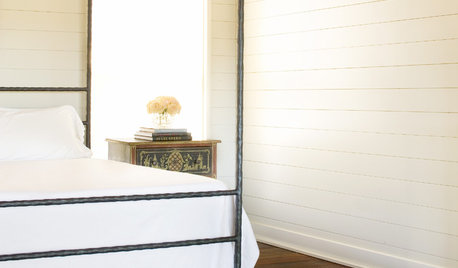
MORE ROOMSReclaim Room to Breathe
Take back the down time you deserve by disconnecting and paying attention to small pleasures in unexpected areas of your home
Full Story
GARDENING AND LANDSCAPINGBe a Citizen Scientist to Help Wildlife, Learn and Have Fun Too
Track butterflies, study birds, capture stars ... when you aid monitoring efforts, you’re lending Mother Nature a hand
Full StoryMore Discussions






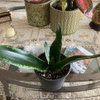

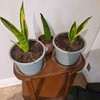
pirate_girl
dufflebag2002
Related Professionals
South Elgin Landscape Architects & Landscape Designers · Taylorsville Landscape Architects & Landscape Designers · Amesbury Landscape Contractors · Burien Landscape Contractors · Dallas Landscape Contractors · Kettering Landscape Contractors · National City Landscape Contractors · Paramus Landscape Contractors · Wells Landscape Contractors · Whittier Landscape Contractors · Shafter Landscape Contractors · Boise Window Contractors · Meridian Window Contractors · Opa Locka Window Contractors · Watsonville Window ContractorsMarian_2
Betz11
pirate_girl
dufflebag2002
dufflebag2002
dufflebag2002
pirate_girl
dufflebag2002
rhizo_1 (North AL) zone 7
pirate_girl
dufflebag2002
rhizo_1 (North AL) zone 7
dufflebag2002
Michelle Righetti
Stush2049 Pitts. PA, zone 6